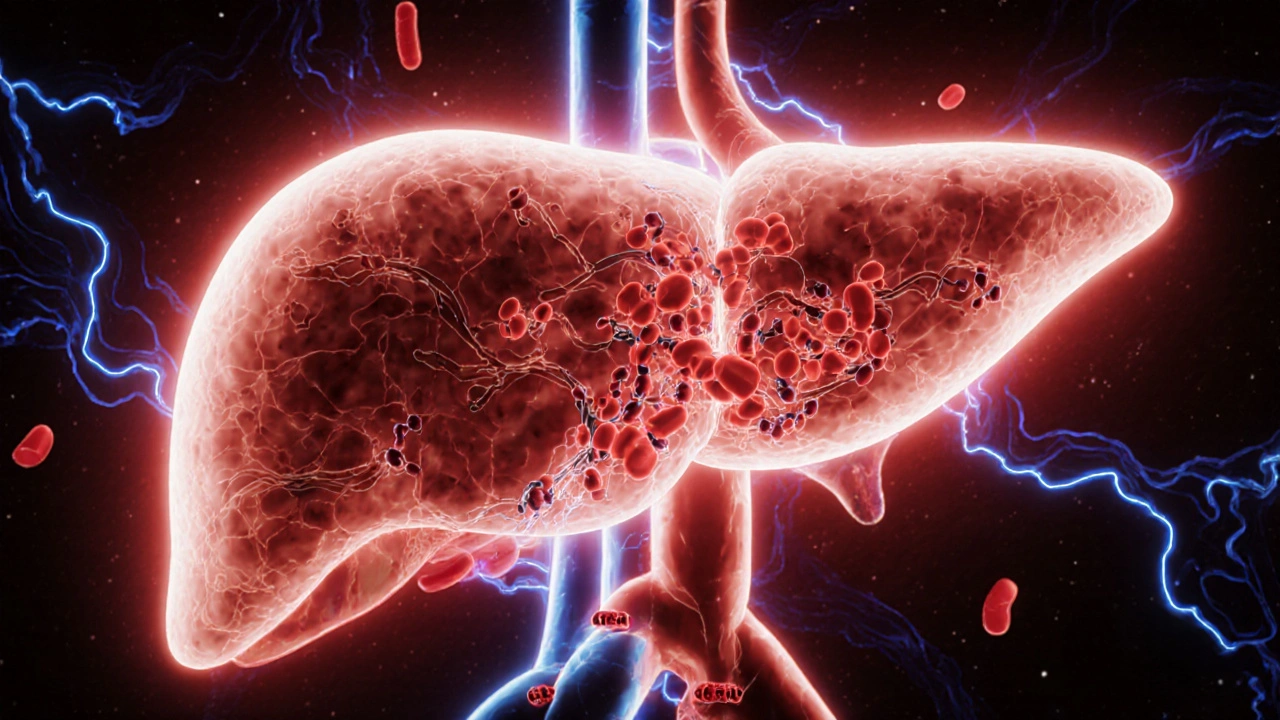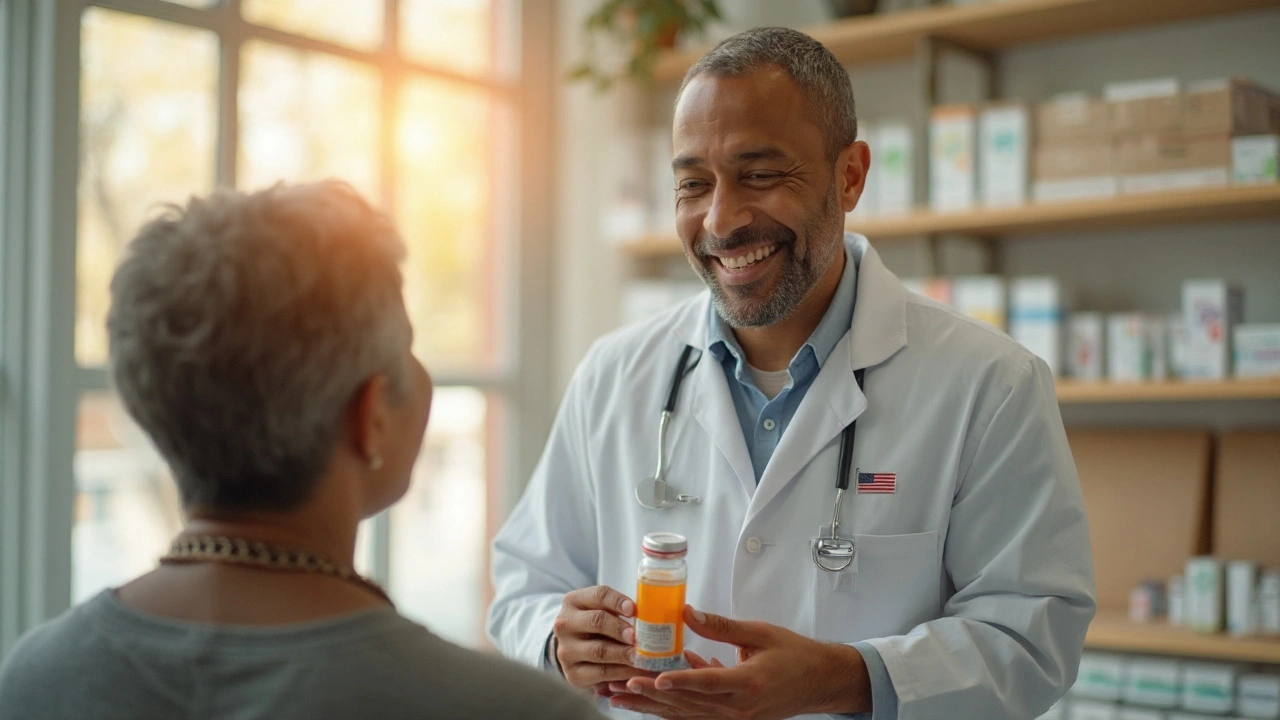Drug Interactions: Simple Guide to Safe Medication Use
Ever taken a pill and felt a weird buzz, dizziness, or an upset stomach? Chances are you ran into a drug interaction. It’s when two medicines, or a medicine and a food, affect each other’s work. The result can be a weaker effect, a stronger effect, or even a new side effect. Knowing the basics can keep you from unwanted surprises and keep your treatment on track.
Common Types of Interactions
Most interactions fall into three groups. First, absorption issues happen when one drug blocks the gut from soaking up another. For example, calcium supplements can slow down the intake of certain antibiotics. Second, metabolism clashes occur in the liver. Some meds speed up the liver’s cleaning crew, which can lower the level of another drug, while others slow it down, causing a buildup that may be toxic. Third, additive effects happen when two drugs do the same thing at once, like two blood thinners raising bleeding risk.
Food can join the party too. Grapefruit juice is notorious for messing with many cholesterol and blood pressure drugs. Alcohol is another common culprit; mixing it with sedatives, antihistamines, or certain pain relievers can make you overly sleepy or affect breathing.
How to Check and Prevent Problems
Start with a complete medication list. Write down every prescription, over‑the‑counter pill, vitamin, and herb you take. Bring that list to each doctor visit and pharmacy pick‑up. Pharmacists have tools that flag obvious clashes, but they rely on you to give the full picture.
Ask questions. If a new prescription is added, say, “Will this mix with my current meds?” Don’t assume the doctor knows every supplement you take. Even “natural” products can interfere with prescription drugs.
Use reliable online checkers only as a second opinion. The most trustworthy ones are run by national health agencies or reputable pharmacy chains. Enter each drug and review the warnings – focus on “major” or “contraindicated” alerts.
If you notice new symptoms after starting a medication, note the timing and contact your doctor. Sometimes a small dosage tweak or a simple timing change (like taking one drug with food and another on an empty stomach) solves the issue.
In short, the best defense against drug interactions is communication and a clear record. Keep your list up‑to‑date, speak up at every appointment, and double‑check whenever you add a new product. Your body will thank you for staying one step ahead of unwanted side effects.



